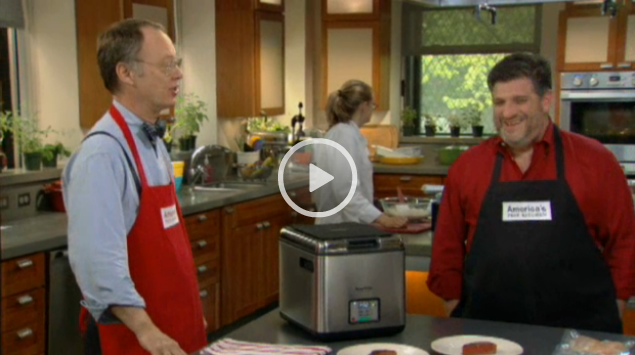Escolar: The World's Most Dangerous Fish

Escolar is the most controversial fish that you are likely to find in your fish market. This firm, white fleshed fish has an incredibly rich flavor, often described as 'succulent', or a fattier version of swordfish. Why so rich? It turns out that Escolar's diet contains food high in wax esters. Wax esters that are really difficult for Escolar to digest. As a result, these esters build up in the fish. Where is the controversy in a buttery, delicious fish? I would say it is in the laxative like effect it has on a certain percentage of the population. Well, a 'laxative like effect' is how my fish monger described it. Others would describe it as closer to diahhrea. An expert would call it 'keriorrhoea'. Literally translated, it means 'flow of wax'. Oily orange droplets pouring out your pooper. Keriorrhoea occurs because the wax esters in the flesh of the fish pool up in your intestine. Some reports of Escolar related illness include cramp...




